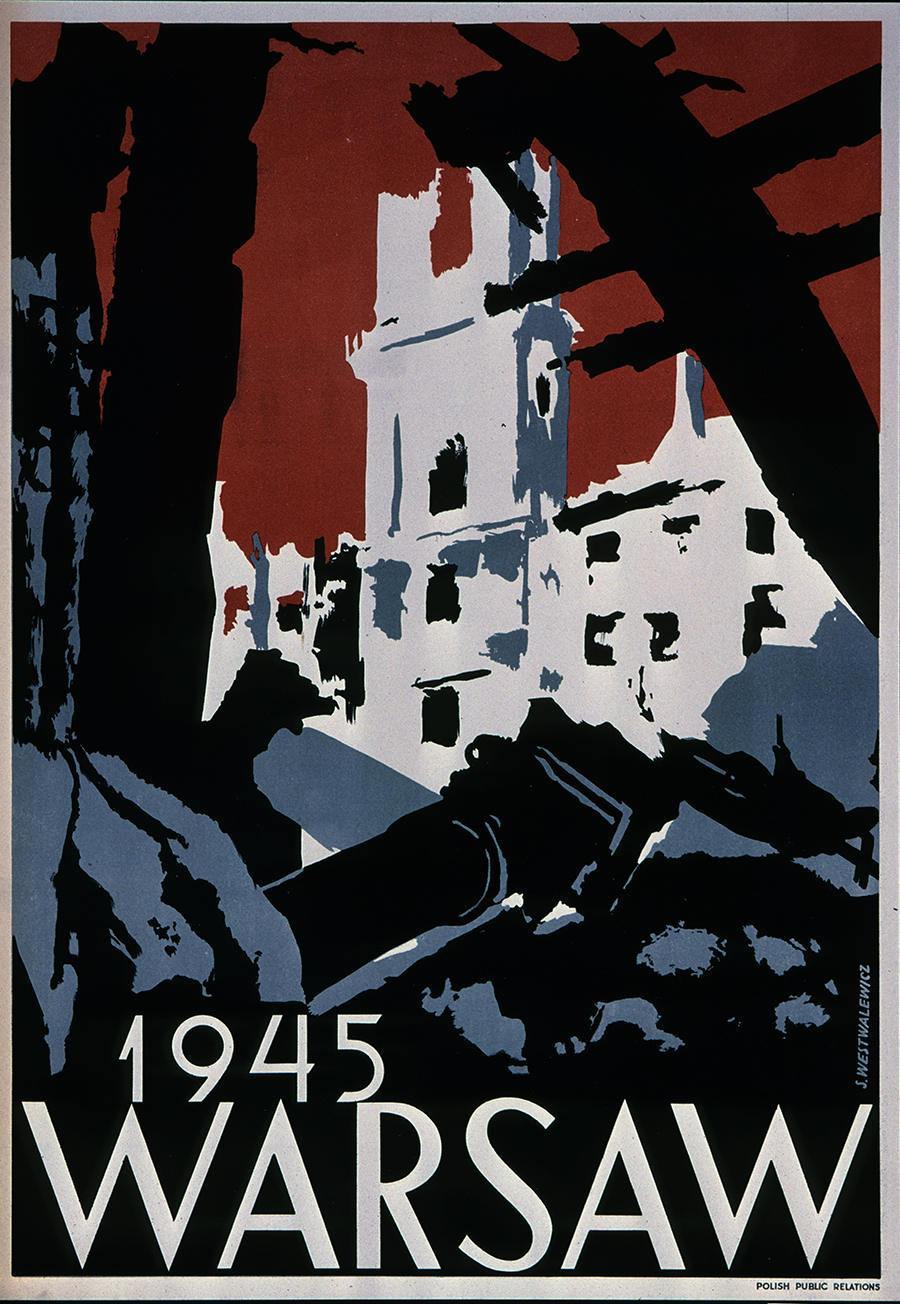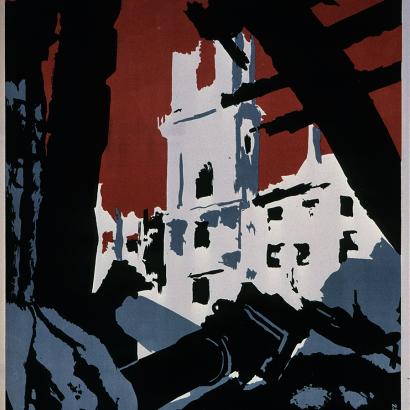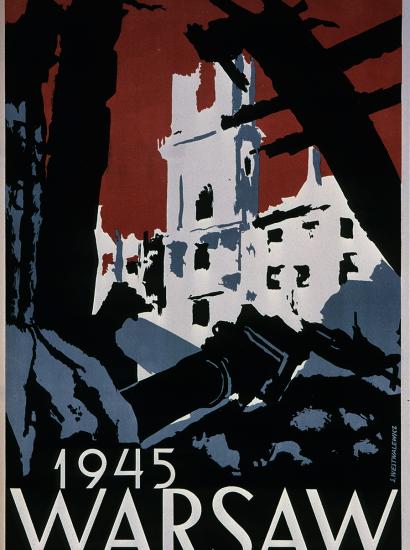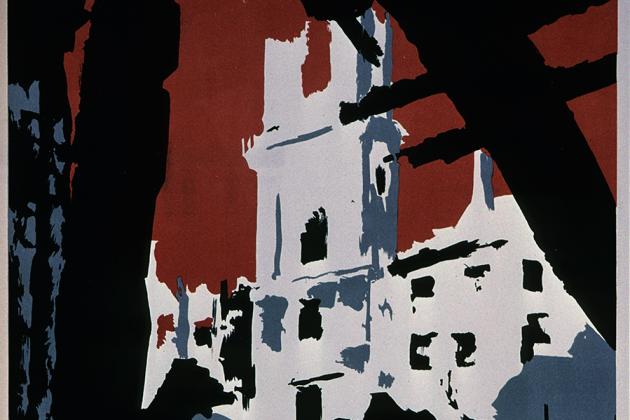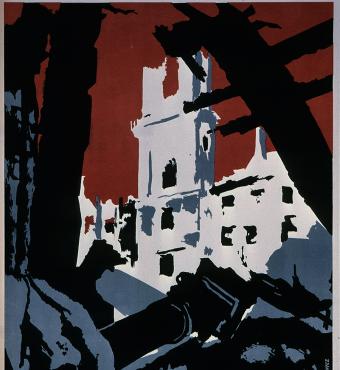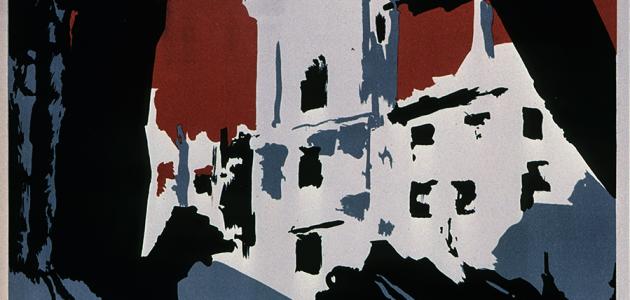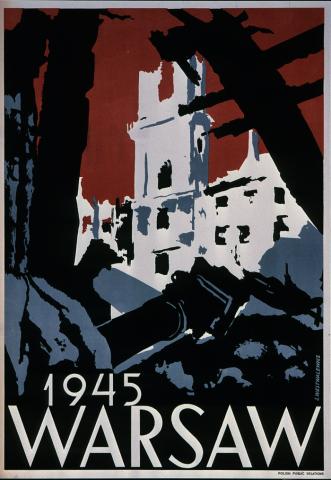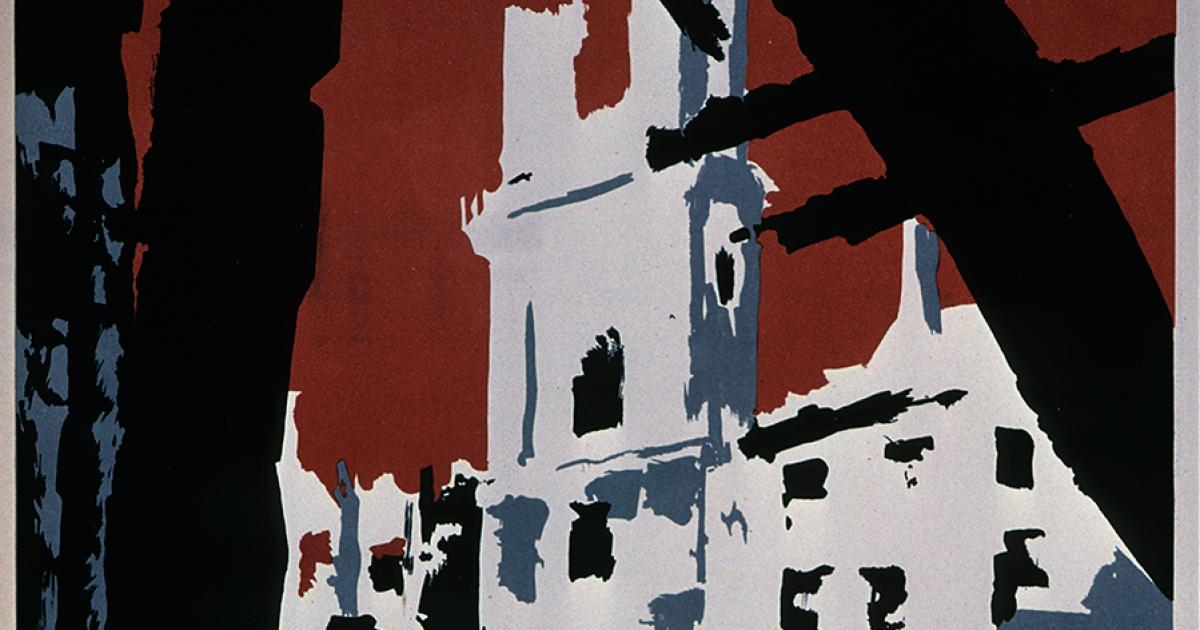Israel’s retaliation for the horrific attacks by Hamas and other Palestinian terrorist groups on October 7 has resulted in some of the bloodiest urban combat since the end of World War II. Regardless of the inhumanity of the attacks by Hamas and other Palestinian terrorist organizations, the world community expects the Israel Defense Forces to abide by the laws of war as it seeks to destroy Hamas and other terror groups in the Gaza Strip, much of which is densely populated urban terrain.
The Geneva and Hague Conventions state that military forces must take precautions to protect noncombatants from the effects of military operations. If noncombatant casualties are unavoidable, they must be proportional to the advantages gained in prosecuting military operations. With more than eighteen thousand Palestinians dead and more than thirty-five thousand wounded due to Israeli military operations as of this writing, many international observers already believe Israel has crossed the proportionality line, however murky it might be. To gain a sense of perspective, an examination of similar urban combat during World War II is in order.
The Battle of Manila in February 1945 was of similar size and scope to ongoing Israeli operations in the Gaza Strip. Manila’s population numbered around eight hundred thousand, with another three hundred thousand in the outlying suburbs, contrasted with roughly two million Palestinians in Gaza. Compared to upwards of forty thousand fighters under the control of Hamas and affiliated groups, the Manila Naval Defense Force under the command of Rear Adm. Sanji Iwabuchi had roughly eighteen thousand troops and naval personnel with which to defend the city.
The Japanese fortified buildings and tunneled to connect them via their basements, not unlike how Hamas utilizes the urban infrastructure of Gaza. Roadblocks as well as thousands of mines and improvised explosive devices prevented easy vehicular access along the streets. Japanese forces were armed with automatic weapons and a variety of mortars, artillery pieces, and rockets. Despite orders to the contrary from his higher commanders, Iwabuchi ordered his forces to fight and die in place.
By February 5, 1945, the 37th Infantry (Ohio National Guard) and 1st Cavalry Divisions were closing on the north bank of the Pasig River that bisects Manila, while the 11th Airborne Division approached Manila from the south. Under the control of XIV Corps, commanded by Maj. Gen. Oscar Griswold, the 37th Infantry Division would clear the northern half of the city and the 1st Cavalry and 11th Airborne Divisions would clear the southern half. To limit damage to the city, Gen. Douglas MacArthur forbade air strikes and unobserved artillery fire.
On February 7, the 1st Cavalry Division encountered its first significant resistance in the New Manila Subdivision, where a thousand heavily fortified Japanese naval troops halted the attack. The battle was a portent of engagements to come. Artillery fired more than seventeen hundred rounds of high explosive at Japanese strongpoints, while infantry cleared the area building-by-building. It took three days for the cavalrymen to clear the subdivision, destroying much of the area in the process.
As the fighting continued, MacArthur’s stipulations on the pinpoint use of fire support to save Manila proved untenable. The Japanese had fortified every major building in the heart of the city, requiring massive amounts of artillery, tank, and tank destroyer fire to support the infantry, which otherwise would have taken heavy losses. The only way to reduce the number of casualties was to increase the use of heavy weapons against Manila’s buildings, which would kill military personnel and civilians alike. MacArthur lifted restrictions on the use of artillery and direct fire weapons within a few days into the battle for Manila, after it became clear the Japanese were going to fight to the death. The 37thInfantry Division did its best to spare civilian lives but began to use artillery in front of advancing infantry without precisely targeting Japanese positions.
When MacArthur learned of the massive use of firepower by the 37th Infantry Division, he ordered Griswold to restrict use of weapons of caliber greater than 37mm—which were clearly inadequate to penetrate the reinforced concrete structures in the city. The commander of the 37th Infantry Division, Maj. Gen. Robert Beightler, refused to obey, telling Griswold he would have to relieve him of command instead. MacArthur sent his chief of staff, Lt. Gen. Richard Sutherland, to investigate. When Sutherland validated the need for the use of heavy guns, MacArthur relented. The civilian population, caught between a rapacious and cruel occupying force and liberators who were all too willing to use massive amounts of artillery, mortar, tank, and tank destroyer fire to reduce their losses, suffered the most.
The Buckeyes hammered away at heavily defended buildings as columns of refugees streamed out of the city. The 37th Infantry Division used heavy artillery and mortar concentrations, along with direct fire from self-propelled cannon, tanks, and tank destroyers, to blast the Japanese positions in City Hall, the Philippine General Hospital, and the University of the Philippines. Not unlike the exhortations by Hamas leaders for Palestinian civilians to remain in place, the Japanese had taken several hundred Filipinos in the hospital hostage, using them as human shields to discourage the use of heavy firepower against the buildings. The tactic significantly increased the noncombatant death toll.
Japanese use of the Philippine General Hospital as a defensive position was a war crime under the Geneva and Hague Conventions, which prohibited the militarization or wanton destruction of medical facilities.[1] The Americans limited use of artillery and heavy caliber fire on the buildings for fear of injuring the civilians in the area, but had to assault them nonetheless. After difficult fighting, American infantry seized the buildings, leading to the release of several thousand civilians who sought the safety of American lines.
American forces next assaulted the University of the Philippines. The usual preparation from tanks, tank destroyers, and self-propelled guns sent the Japanese underground. GIs resorted to pouring a mixture of oil and gasoline into various openings and igniting the mixture with white phosphorous grenades, incinerating those caught below.
After two weeks of fighting the Japanese perimeter shrank inside the old city of Intramuros and a few modern government buildings nearby. Under Intramuros the Japanese had built a tunnel system not unlike that constructed by Hamas underneath Gaza. Rooting them out of these positions would be difficult, so Beightler requested to use dive bombers and napalm strikes to level the area, significantly reducing the potential for friendly casualties. But thousands of noncombatant Filipinos were trapped inside the walled city. XIV Corps broadcast a message in Japanese granting safe passage for these innocents, but Japanese commanders ignored it.[2] Worse yet, Japanese soldiers were committing atrocities that would claim the lives of thousands of civilians.
MacArthur was adamant; air strikes would inevitably kill large numbers of civilians, and while they might speed the conclusion of operations and save the lives of some soldiers, he would not allow their use in Manila. The decision angered Griswold, who wrote in his diary, “I fear that [MacArthur’s] refusal to let me have bombing will result in more casualties to my men. However, I understand how he feels about bombing people—but it is being done all over the world—Poland, China, England, Germany, Italy—then why not here! War is never pretty. I am frank to say I would sacrifice civilian Philipino [sic] lives under such circumstances to save the lives of my men. I feel quite bitter about this tonight.”[3]
The 37th Infantry Division instead planned an amphibious crossing of the Pasig River in conjunction with an assault on the eastern walls of Intramuros. Nine battalions of artillery hammered away at the walls of Intramuros for a week using nearly 185 tons of ammunition. Crossing the Pasig River on February 23, infantry penetrated the breaches created by the artillery and began the usual building-by-building clearance. At one point the Japanese released more than two thousand Filipinos being held in the San Augustín Church and the Del Monico Hotel to interrupt the attack. The battle halted for a time as the GIs shepherded the noncombatants to safety. Nevertheless, American bombs and shells coupled with Japanese atrocities resulted in the slaughter of the much of the Filipino population of Intramuros.
Supported by tanks, tank destroyers, and artillery, infantrymen reduced strongpoints with grenades, demolition charges, bazookas, and flame throwers. They sealed the tunnels under the old city with demolitions or by pouring gasoline into the entrances and igniting it with white phosphorous grenades. During the fighting soldiers stumbled upon scenes of horror as the full scale of Japanese atrocities against Filipino civilians became clear. In the dungeons of Fort Santiago, GIs discovered the grisly remains of upwards of three thousand Filipino men who had been doused with gasoline and incinerated by their Japanese captors. At least four hundred men and one woman were found in three other rooms, where they had died from gunshots, bayonet wounds, and starvation.
The final Japanese holdouts fortified themselves in three modern governmental buildings. Faced with a difficult tactical problem, American commanders resorted to what had worked so well for them to this point in the battle: massive firepower. By March 3 the buildings—or rather the rubble created by their destruction—were under American control.
Manila, or what was left of it, had been liberated, but the battle destroyed much of the city. Amid the ruins lay the dead bodies of seventeen thousand Japanese soldiers, nearly the entire garrison, along with one hundred thousand Filipinos, victims of American firepower and Japanese atrocities.
Japanese commanders were fully responsible for this slaughter. They refused to allow civilians safe passage outside the battle zone, even when American commanders offered cease-fires for that purpose. Furthermore, Japanese commanders lost control of their soldiers, who murdered, mutilated, and raped thousands of Filipino civilians. After the war several Japanese leaders were convicted of war crimes for their soldiers’ mistreatment of Filipino civilians. American commanders, whose decisions also cost tens of thousands of civilian lives, received a pass as the carnage was viewed as a sad but necessary cost of waging war to liberate the Philippines.
Does a similar future await Gaza? Perhaps. Despite Israeli use of guided munitions, bombs are bombs, and they wreak severe damage on urban infrastructure. To complete the destruction of Hamas, the Israeli Defense Forces will need to clear southern Gaza, where roughly 1.5 million Palestinians are sheltered with nowhere to go. As with MacArthur and his commanders in Manila in 1945, Israeli leaders will need to make hard choices regarding the level of destruction and the number of noncombatant casualties they are willing to inflict to achieve their stated goal of destroying Hamas.
Unlike the Philippines, Gaza is not a friendly country waiting to be liberated. Instead, Hamas will use noncombatant deaths as a bludgeon to accuse Israel of committing genocide and war crimes against the Palestinian people. As the history of the Battle of Manila teaches, the death toll in urban combat will be high unless the population evacuates—or is forced to evacuate—the battle zone ahead of the fighting.
[1] Japan was not a signatory to the convention, so technically its use of the hospital as a military fortification did not violate a treaty obligation but was merely an uncivilized act of war.
[2]XIV Corps, After Action Report, M-1 Operation, July 29, 1945, 114.
[3] Diary of Lieutenant General O. W. Griswold, USA, February 7, 1945, Oscar W. Griswold Papers, USAHEC, February 17, 1945.







